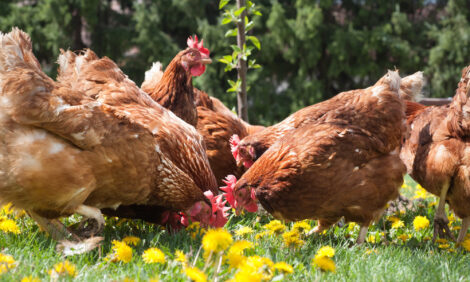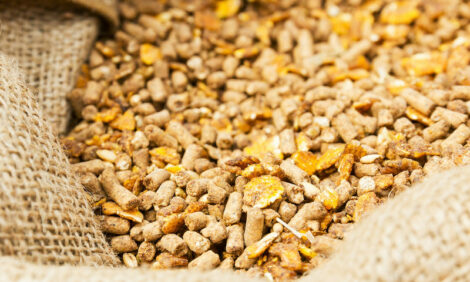



OIE cites climate change and international trade as animal disease amplifiers
Faced with an ever-changing environment that brings new threats and trends in the spread of animal diseases, the OIE highlights to Member Countries the importance of surveillance and preparedness and the need to pursue the reporting of new outbreaks in a timely manner.Collaboration and transparent communications are key to facing animal health challenges, including those linked to climate change and globalisation, as shown in a report presented today during the 87th OIE General Session.
Climate change and international trade can have an important impact on the spread of infectious animal diseases and epidemics. The evolution of land-use practices and human population distribution are closely related to these factors. Indeed, climatic effects, such as the El Niñio phenomenon or heavy rains influence the distribution of mosquitoes and ticks which play a role in the transmission of what are called vector-borne diseases. Furthermore, the expanding trade of animals and animal products trade induced by globalisation continues to provide risk pathways for the introduction of animal diseases into new territories.
The conclusions of the annual OIE report on the global animal health situation were presented to the World Assembly of national Delegates. Based on information reported through the World Animal Health Information System (WAHIS) by 191 countries and territories between January 2018 and March 2019, the report also provides recommendations to countries to help them better anticipate potential threats.
Enhancing countries’ preparedness to address diseases influenced by climatic factors
Climate change can have an impact on the spread of vector-borne diseases in animals and affect animal movements, such as wild birds’ migrations and livestock transhumance. Three vector-borne diseases with a high impact on animal health in 2018 were brought to the attention of Member Countries, with the OIE recommending the following measures to tackle them:
- Step up the surveillance and preparedness in high-risk areas during high-risk periods according to the epidemiology of the different diseases, in collaboration with public health authorities. In this regard, the OIE closely works with FAO and WHO through the Global Early Warning System (GLEWS) to coordinate intelligence on outbreaks at the human–animal interface.
- Continuously report new outbreaks through WAHIS to allow the implementation of awareness and prevention efforts.










